TOP 10 question you might ask as a software engineer?

What should you expect in your first software engineering interview? That depends on the role you’ve applied for!
Software engineering jobs tend to fall under two categories: domain-specific or general programming.
If you’re interviewing for a domain-specific role, expect the questions to center around the specific technology or programming language you specialize in, such as JavaScript, C programming, or React. These highly-technical interviews may also involve a take-home test that requires you to debug or build something.
For a general programming or web development role, the process is fundamentally different. These interviews evaluate your problem-solving ability as well as your coding proficiency, so recruiters are likely to ask questions ranging from the technical to the behavioral.
In this blog post, we’ve compiled a list of 31 most common questions in a software engineering interview, along with succinctly-written answers curated from authority sources around the web.
Ever wonder what a software engineer really does? Check out Springboard’s comprehensive guide on software engineering. We’ll teach you everything you need to know about becoming a software engineer, from what to study to essential skills, salary guide, and more!
Technical Software Engineering Interview Questions
Q1. Describe the process you use for writing a piece of code, from requirements to delivery.
The software development process or life cycle is a structure imposed on the development of a software product. There are several models for such processes, each describing approaches to a variety of tasks or activities that take place during the process.
- Requirements analysis. Extracting the requirements of a desired software product is the first task in creating it. While customers probably believe they know what the software is to do, it may require skill and experience in software engineering to recognize incomplete, ambiguous, or contradictory requirements.
- Specification. Specification is the task of precisely describing the software to be written, in a mathematically rigorous way. In practice, most successful specifications are written to understand and fine-tune applications that were already well-developed, although safety-critical software systems are often carefully specified prior to application development. Specifications are most important for external interfaces that must remain stable.
- Software architecture. The architecture of a software system refers to an abstract representation of that system. Architecture is concerned with making sure the software system will meet the requirements of the product, as well as ensuring that future requirements can be addressed.
Q2. What programming languages do you use? Which three do you prefer or are most familiar with?
Interviewers are giving more attention to an engineer who has good experience with multiple languages like C++ and Java goes quite well, so is Python and Java. I personally like software engineers who have strong experience in either C++ or Java and can write scripts in Groovy, Perl, or Python.
Q3. How do you make sure that your code can handle different kinds of error situations?
I write tests that describe the expected error situations and check to see that they are handled appropriately. If the software is legacy and prone to generating exceptions, I’ll wrap it up to report the exceptions to get an idea of what needs attention first and start attacking it there. Of course, where required, we’ll use try/catch. Mostly I try to follow the rigorous WOMM development process.
Q4. What has your experience been like as part of an agile software development process, if any?
Agile software development refers to software development methodologies centered around the idea of iterative development, where requirements and solutions evolve through collaboration between self-organizing cross-functional teams. The ultimate value in Agile development is that it enables teams to deliver value faster, with greater quality and predictability, and greater aptitude to respond to change.
Q5. What is responsive design? What is the difference between fixed and fluid layouts?
- Responsive website design. Websites that are built with responsive design use media queries to target breakpoints that scale images, wrap text, and adjust the layout so that the website can ‘shrink to fit’ any size of screen.
- Fluid website design. Websites that are built with fluid design use percentages for widths.
- Fixed design. Websites that are built using fixed design rely on fixed pixel widths. While a design with fixed dimensions can sometimes be the quickest way to get up and running, it’ll provide a less user-friendly across multiple devices.”
Q6. What is the software development life cycle? What are the differences between them?
SDLC or the Software Development Life Cycle is a process that produces software with the highest quality and lowest cost in the shortest time. SDLC includes a detailed plan for how to develop, alter, maintain, and replace a software system.
SDLC involves several distinct stages, including planning, design, building, testing, and deployment. Popular SDLC models include the waterfall model, spiral model, and Agile model.
Q7. What is your process to test and find bugs in an application?
Software testing is not a unique approach, but it is a set of tests and assessments that can be conducted at different stages. In fact, testing should be carried out at all stages of development, including after your main launch. Things change, platforms are updated, and errors in mobile apps that were not visible earlier can suddenly appear and wreak havoc.
Usually, this means viewing the application as a whole and setting priorities in any areas that you think are more at risk than others. Tests are then performed to either prove or disprove the functionality, and the detected defects are subsequently recorded. These defects can then be prioritized depending on their impact and severity.
Algorithms and Data Structures Questions
Some of the technical questions for software engineering interviews are going to go to the fundamentals of algorithms and data structures—in order to evaluate the baseline knowledge of prospective software engineers. This seems like a formal process and something that’s designed to penalize people who didn’t take a formal computer science degree since most software engineers will use libraries to abstract away efficient implementations of these data structures and algorithms.
Nevertheless, it’s important for the few times you have to do a custom implementation and it will come up in interview settings where you’ll have to whiteboard and display deep knowledge of algorithms, to the extreme of putting up answers on paper without computers, here’s a few sample questions to get you to practice.
Q1. What is a stack and what are the three basic operations of a stack?
A stack is a linear data structure with three basic operations: push (insertion of an element to the stack from the top), pop (removal of an element from the stack) and peek, which allows us to access an element in a stack. It’s usually implemented with an array or a linked list. You might be asked to implement a stack and to implement different operations.
Q2. Use Big O notation to describe QuickSort.
A quick sort usually works best on average cases, but there are worst-case scenarios. On average, it is O(N log N), but O(N to the power of 2) in the worst case. You’ll want to use quick sort in situations where average-case performance matters a lot rather than dwelling on the worst. You’ll need to have a deep and nuanced understanding of algorithms and their performance/implementation in order to answer.
Q3. How does an array differ from a stack?
An array doesn’t have a fixed structure for how to add or retrieve data, but a stack has a strict LIFO approach (last in and first out). Questions like this will test your understanding of the nuances of data structures and the ability to memorize it.
Q4. Implement Dijkstra’s Shortest Path in the programming language of your choice.
Dijkstra’s algorithm is used for finding the shortest path between nodes in graph-like data structures. This is a classic algorithm question where interviewers test your understanding of how to implement an algorithm. You’ll want to study different algorithms and their implementations and practice those implementations in a variety of different manners.
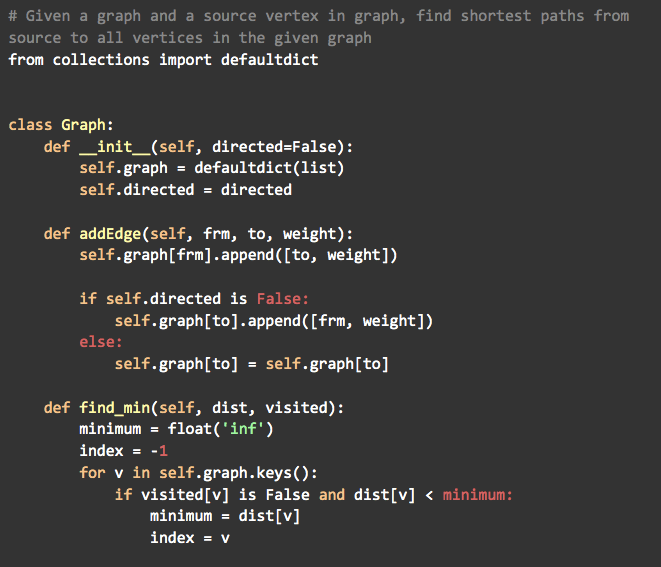
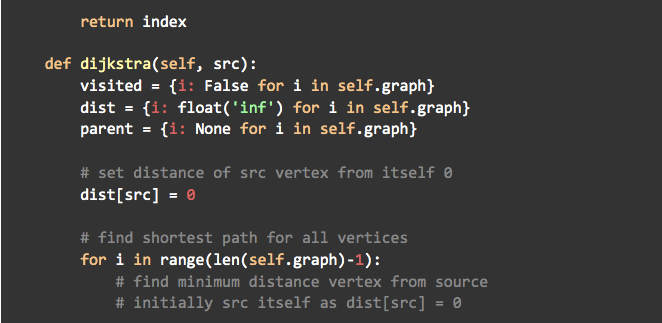
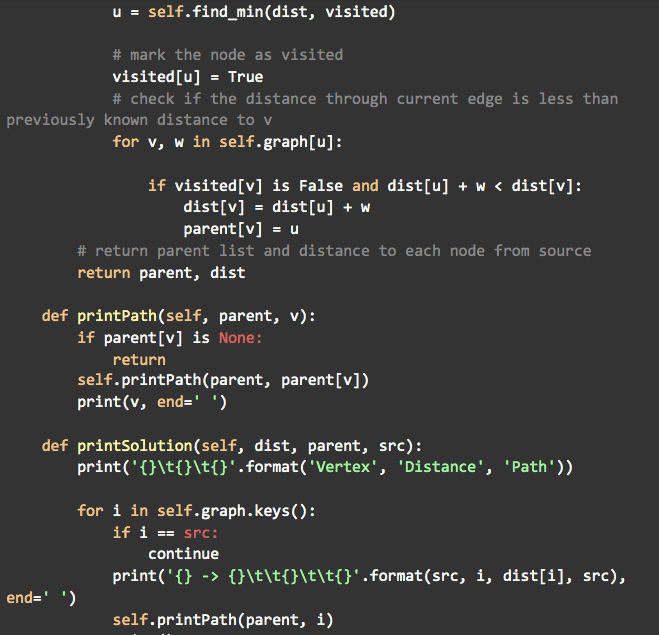
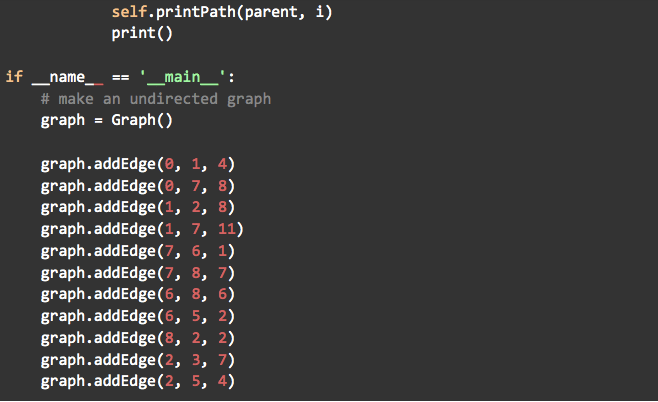

Q5. Implement linear search in JavaScript.
This will be a test of not only your algorithm and data structure knowledge but also JavaScript knowledge and implementation. You’ll want to practice in JavaScript as it’s the default software engineering language. Showing off your ability to do algorithms in JavaScript can help demonstrate this.
Linear search is a way to find a target value within a list—it checks each element in a list and sees if it matches a certain value.
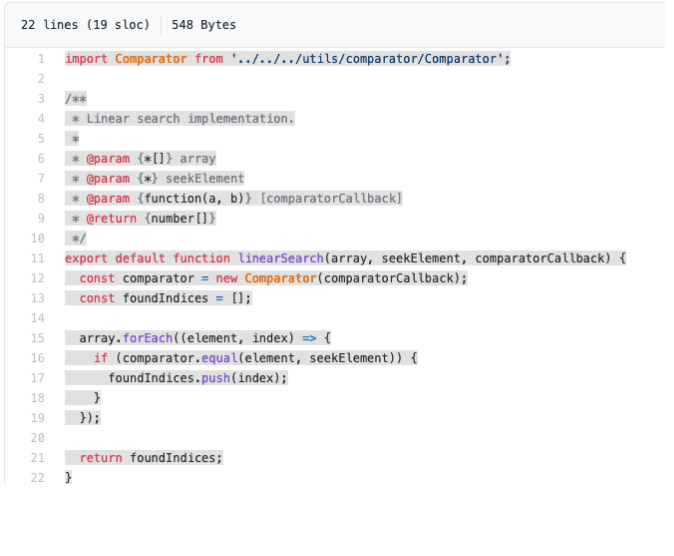
Quiz-style Software Engineering Questions
Q1. Explain AJAX (JavaScript) in as much detail as possible. How does it work? What have you used it for in the past?
AJAX stands for Asynchronous JavaScript and XML. AJAX is a new technique for creating better, faster, and more interactive web applications with the help of XML, HTML, CSS, and JavaScript.
Q2. What are some of the building blocks of HTML5?
HTML5 is the latest version of Hypertext Markup Language, the code that describes web pages. It’s actually three kinds of code: HTML, which provides the structure; Cascading Style Sheets (CSS), which takes care of presentation; and JavaScript, which makes things happen… HTML5 has been designed to deliver almost everything you’d want to do online without requiring additional software such as browser plugins. It does everything from animation to apps, music to movies, and can also be used to build incredibly complicated applications that run in your browser.
Q3. How do you organize CSS files? What are the pros and cons of this approach?
Splitting your CSS across files makes it easier to parcel tasks out to teams. One developer can work on typography-related styles, while another can focus on developing grid components. Teams can split work sensibly and increase overall productivity.
So what might a good file structure that splits the CSS across files look like?
- reset.css: reset and normalization styles; minimal color, border, or font-related declarations
- typography.css: font faces, weights, line heights, sizes, and styles for headings and body text
- layouts.css: styles that manage page layouts and segments, including grids
- forms.css: styles for form controls and labels
- lists.css: list-specific styles
- tables.css: table-specific styles
- carousel.css: styles required for carousel components
- accordion.css: styles for accordion components.”
Q4. What is the purpose of a sandbox? What are some potential alternatives?
A sandbox is a type of software testing environment that enables the isolated execution of software or programs for independent evaluation, monitoring, or testing. In an implementation, a sandbox also may be known as a test server, development server, or working directory.
Q5. What is black box testing? What is white box testing?
Software Testing can be majorly classified into two categories:
- Black Box Testing is a software testing method in which the internal structure/ design/ implementation of the item being tested is not known to the tester.
- White Box Testing is a software testing method in which the internal structure/ design/ implementation of the item being tested is known to the tester.
Q6. What are some ways to make websites faster? Name as many different techniques as you can.
- Implement your own content delivery network (CDN).
- Use adaptive images.
- Cache, cache, cache.
- Evaluate your plugins.
- Combine images into CSS sprites.
- Enable HTTP keep-alive response headers.
- Compress your content.
- Configure expires headers.
- Minify JavaScript and CSS.
- Review your hosting package.
I HOPE THIS HELPS YOU ALOT?
FROM KINFE MICHAEL TARIKU!


